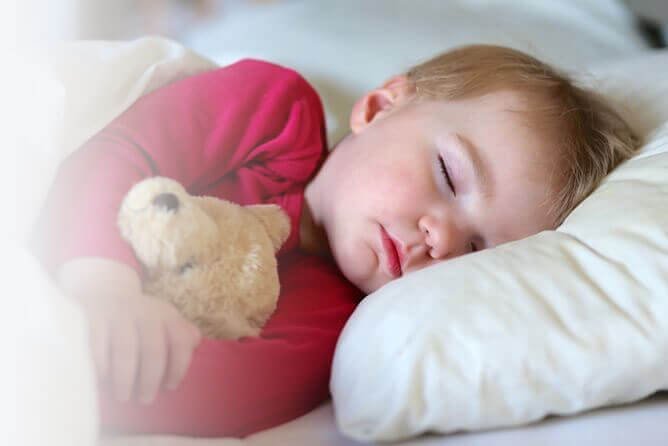The evidence-based management of enuresis in children includes desmopressin and Enuresis alarms (level 1, grade A suggestion), and existing data suggest that alarm therapy with practitioner help can enhance the outcomes of treatment over alarm treatment alone.
Findings From a Retrospective Review
Data were obtained from 2861 kids, 64% of whom were boys. Practically all (91%) of the kids had primary enuresis. Irregularity was reported in 16%, and 11% had actually previously attempted desmopressin. The mean time that the children utilized the alarm system was 62.1 days.With respect to results, 76.8% of the children experienced a complete resolution after only one treatment period. The customers kept in mind no considerable association between age and the possibility of response to treatment. Treatment reaction after two to three treatment durations was approximately 81%; it reached 91% for children who had more than three treatments, however this was a very small group.
In the discussion area of the post, the reviewers commented that these findings vary from those of formerly released series. This evaluation found a generally higher success rate and a lower relapse rate compared to earlier research studies. However, this evaluation consisted of a big group of children compared to previous studies, and it is among the few studies that reported on success after second or third treatments in kids who relapse.
Perspective
I'll raise the care that this is a retrospective evaluation, and it's not clear that a potential trial would show the exact same results. It's also extremely important to keep in mind that the exact same bedwetting alarm system was utilized for monitoring every kid, and that is very essential when judging the generalizability of the outcomes. First, it may mean that the outcomes are more legitimate since using the exact same gadget gets rid of many variables that may otherwise impact the outcomes, but it also suggests that any parent utilizing a various device may not experience the same degree of success. Second, the level of practitioner participation, guideline, and follow-up visit frequencies are unclear in the report, so it is challenging to parse out the actual contribution of the "practitioner-assisted" part of the interventions.
Nonetheless, this evaluation is motivating in regard to the use of monitors for children with enuresis, and these information recommend that additional provider monitoring in addition to usage of the alarms can prevent desmopressin treatment for lots of children.

Post a Comment